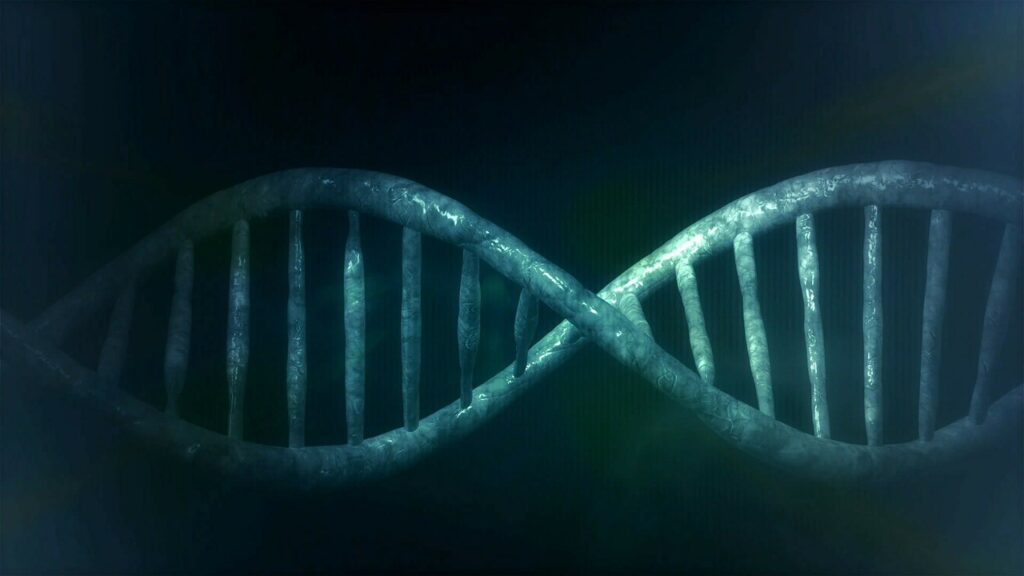
DNA testing has significantly impacted various fields, including forensics, genealogy, and medicine. The first use of DNA can be traced back to the early 1900s with the discovery of blood typing and serology. However, it wasn’t until the discovery of DNA’s structure and its role in genetics in the 1950s that DNA testing began to truly evolve. Today, people can buy a dnacenter.com home DNA test kit that allows individuals to learn more about their ancestry and inherited traits. In addition to ancestry testing, DNA testing has also played a crucial role in forensics, helping to solve crimes and identify victims. DNA can also be used to determine a man’s paternity of a baby. In fact, a couple can perform a paternity test while pregnant. As DNA testing continues to advance and become more accessible, it will be interesting to see how it shapes our understanding of genetics and the world around us.
The development of modern DNA sequencing techniques
DNA sequencing techniques have revolutionized the field of genetics and opened up new possibilities in fields such as medicine, agriculture, and evolutionary biology. Before the 1980s, DNA sequencing was a laborious and time-consuming process that could only be performed on small segments of DNA. However, the introduction of automated DNA sequencers and the development of new techniques such as polymerase chain reaction (PCR) and next-generation sequencing (NGS) have greatly increased the speed and accuracy of DNA sequencing. These modern techniques allow researchers to quickly and inexpensively sequence entire genomes, leading to a better understanding of the genetic basis of diseases and the potential for personalized medicine. The development of DNA sequencing has also had a major impact on fields such as agriculture, where it has been used to improve crop yields and increase resistance to pests and diseases.
The expansion of DNA testing into genealogy and ancestry tracing
Individuals are now able to learn more about their family history and connect with long-lost relatives. Prior to the availability of DNA testing, genealogy research often relied on written records, which can be incomplete or inaccurate. DNA testing provides a more concrete way to trace ancestry and confirm family connections. These tests typically involve collecting a saliva sample and sending it to a laboratory for analysis. The results of the test can provide information on an individual’s ancestry, including their ethnic background and the regions of the world where their ancestors lived. DNA testing has also helped adoptees and individuals with unknown parentage find their biological families.
